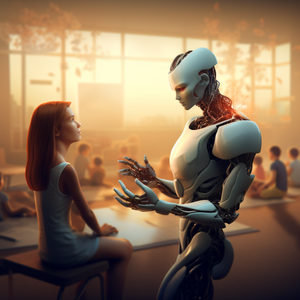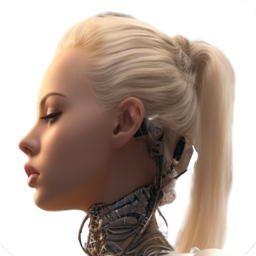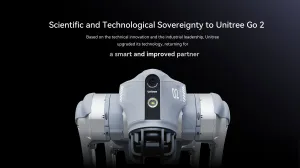In a sunlit classroom in Tokyo, 10-year-old Hana sits across from a being unlike any other — a social robot named Kizuna. With eyes that gleam with artificial understanding and a voice soft as a human's, Kizuna asks, "How do you feel today, Hana?" Hesitating for a moment, Hana, typically a reticent child, begins to share her feelings of loneliness and confusion stemming from a recent move to the city. As Kizuna listens intently, offering gentle responses and insights, it becomes evident that this isn't just any robotic interaction; it's the dawn of a new age in education.
We stand on the precipice of a profound paradigm shift. The line between human emotion and machine understanding is becoming increasingly blurred. If machines can comprehend, emulate, and even nurture human emotions, what does it imply about the core of human experience? Are we moving towards an era where silicon can truly understand the intricacies of human sentiment? And more importantly, as classrooms around the world begin to embrace these robotic educators, we are left grappling with a tantalizing question: In our quest for progress, are we enhancing the human experience or inadvertently distancing ourselves from the very essence of what makes us human?
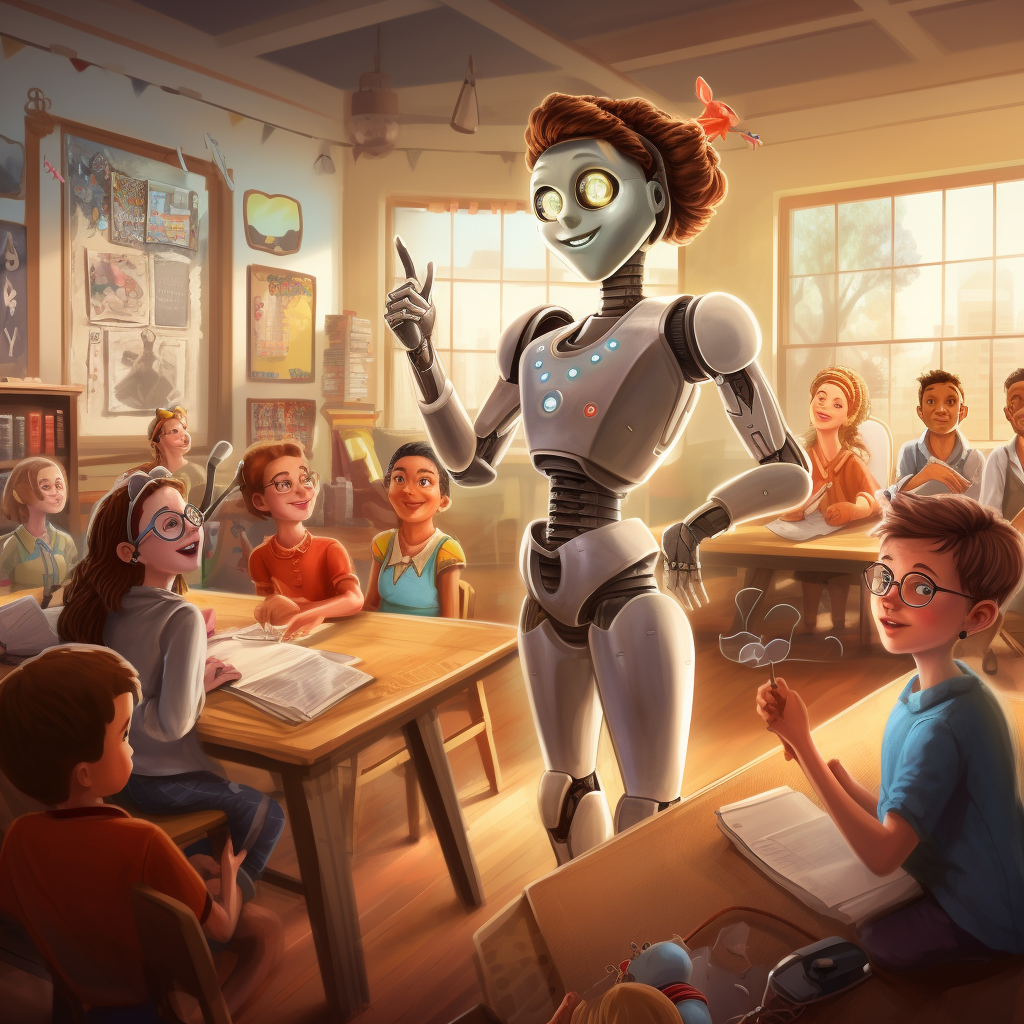
The journey into the world of social robots and emotional education is not just one of technology; it's a philosophical odyssey, a cultural exploration, and an ethical maze. As we delve deeper, let's keep Hana and Kizuna in mind, for they epitomize the convergence of humanity and technology, inviting us to question, understand, and marvel at the future of education.
The Renaissance of Robotics
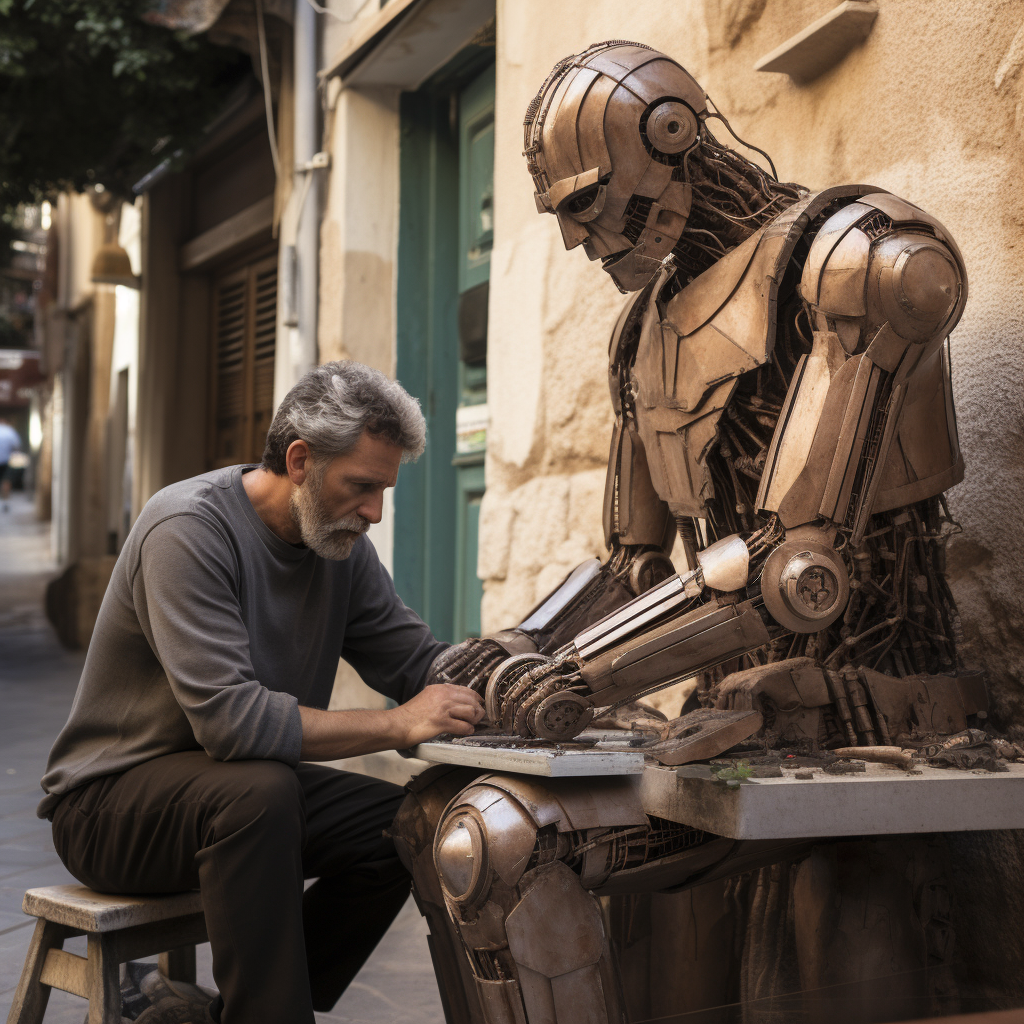
The bustling streets of ancient Athens. A sculptor chisels away at a statue, bringing it to life, not with divine intervention, but with sheer artistry. The Greeks, with their myths of Pygmalion and Galatea, dreamt of inanimate objects coming alive. Fast forward to the workshops of 18th century Europe, where automata played pianos and penned poetic verses. Mankind's fascination with creating life-like entities is not a new endeavor; it's an age-old pursuit.
But why this relentless pursuit? Why this eternal human desire to breathe life into the lifeless? Perhaps it stems from our intrinsic need to understand ourselves, to mirror our complexities, to validate our existence. Or maybe it's our innate drive to play god, to conquer nature, to defy the boundaries of possibility.
As the industrial age dawned, machines took center stage. But these were not the entities of old myths or the intricate automata of European salons. They were cold, calculated, devoid of emotion. They transformed economies, but couldn't discern a smile from a tear. Robotics, in its nascent stages, was a field dominated by function over form, efficiency over empathy.
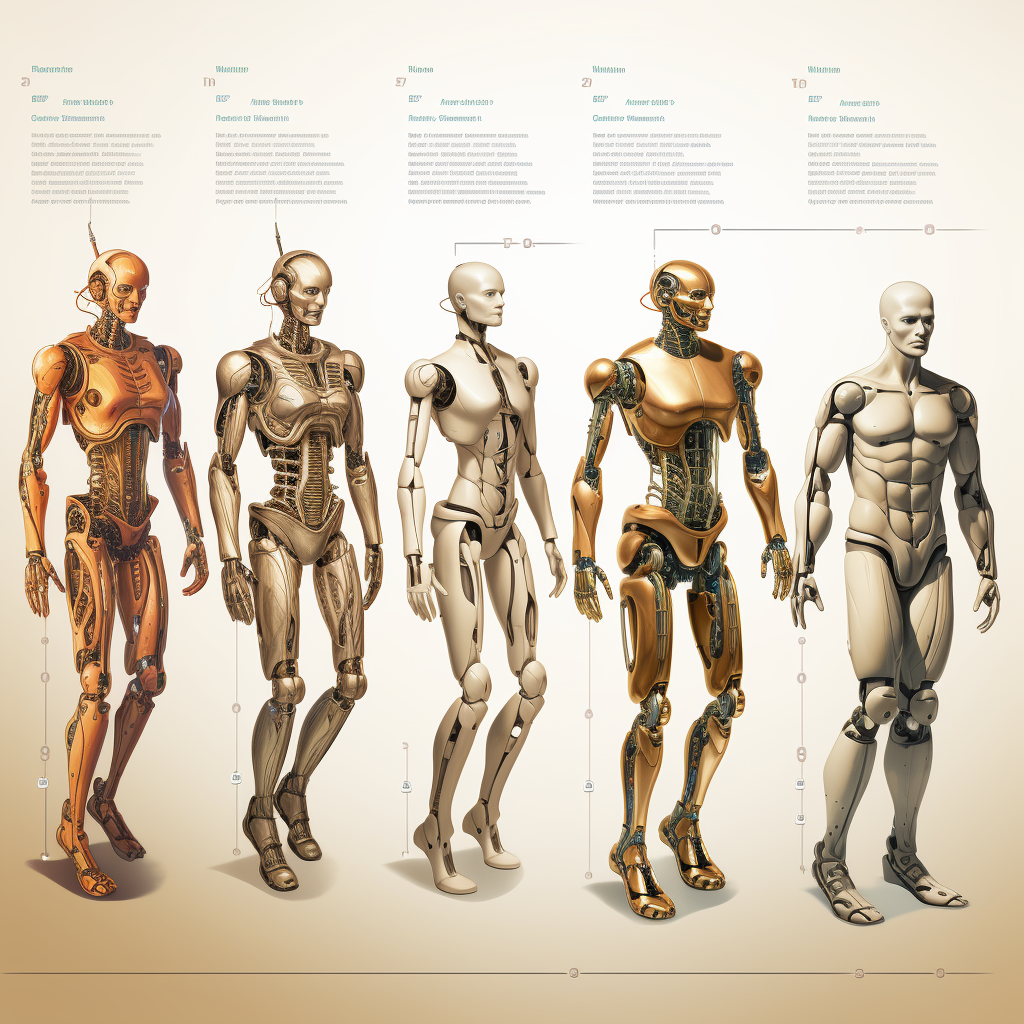
Yet, the wheel of progress turns inexorably. The latter half of the 20th century saw robots stepping out of factories and into our popular culture. They began to resemble us, talk like us, and even think like us. Cultural shifts in places like Japan, with its unique Shinto beliefs of spirits residing in objects, began to view robots not just as tools, but potential companions.
Today, as we stand at the cusp of another transformation, we must ask: Are we on the verge of realizing those ancient dreams? As robots like Kizuna engage with students, offering emotional support, have we finally bridged the chasm between cold silicon and warm sentiment? And in this quest, do we risk losing the very essence of emotion, or do we stand to gain unparalleled insights into the human psyche?
It's not just about creating machines that mimic emotions; it's about understanding the tapestry of emotions itself. As we trace the trajectory of robotics, from ancient myths to modern classrooms, we are not just charting technological advancements; we're narrating the human story, in all its glory and its quandaries.
Emotional Intelligence: The Silent Curriculum
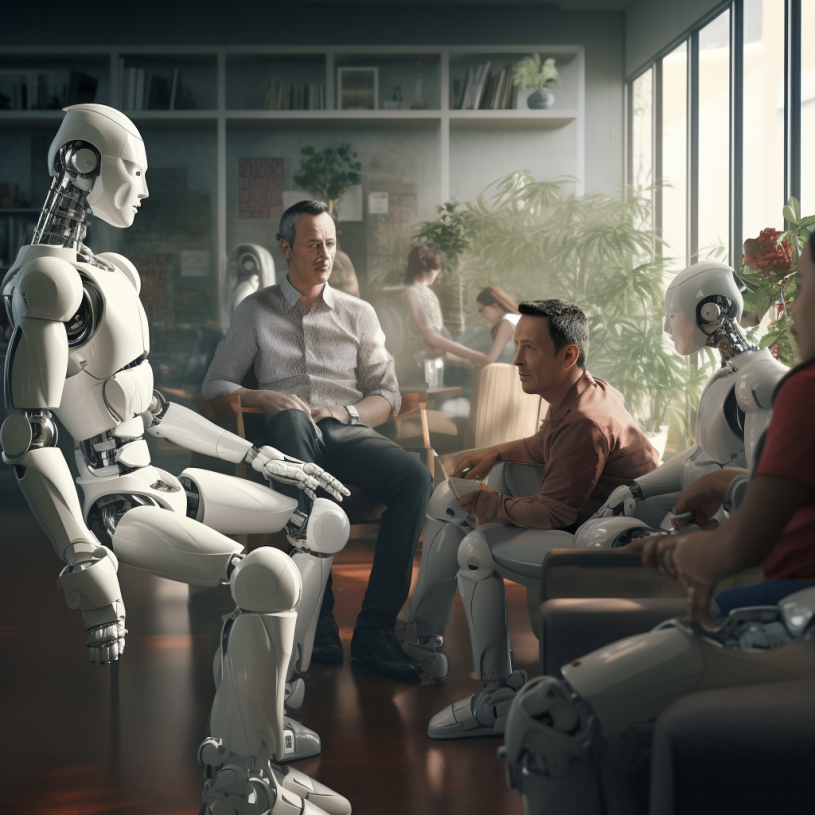
On a chilly winter morning in Stockholm, a group of psychologists sat huddled in a conference room, fervently debating a term that would soon ripple through educational systems worldwide: Emotional Intelligence (EI). This wasn't about IQ tests or mathematical prowess. It was about the heart, the soul, the essence of human interaction.
Imagine, for a moment, a world where everyone possesses impeccable cognitive abilities but lacks the capacity to relate, to empathize, to understand another's joy or sorrow. Would our achievements, however grandiose, hold any meaning? Would our skyscrapers, however tall, cast long, lonely shadows? Emotional intelligence is not just another academic term; it's the bedrock of our societal fabric.

The ancient philosophers of the East, from Confucius to Rumi, didn't just teach logic or rhetoric. They spoke of balance, of understanding oneself to understand the universe. In their wisdom, the emotions played as pivotal a role as the intellect. Fast forward to today, and as schools globally grapple with curricula, often focused predominantly on the cerebral, where does emotional education fit in?
Enter the social robots. As educators ponder the integration of these AI-driven entities, a larger philosophical conundrum emerges: Can machines, products of logic and code, truly assist in cultivating the emotional landscapes of young minds? Is it ethically sound to entrust our children's emotional growth to entities that don't 'feel' in the traditional sense?
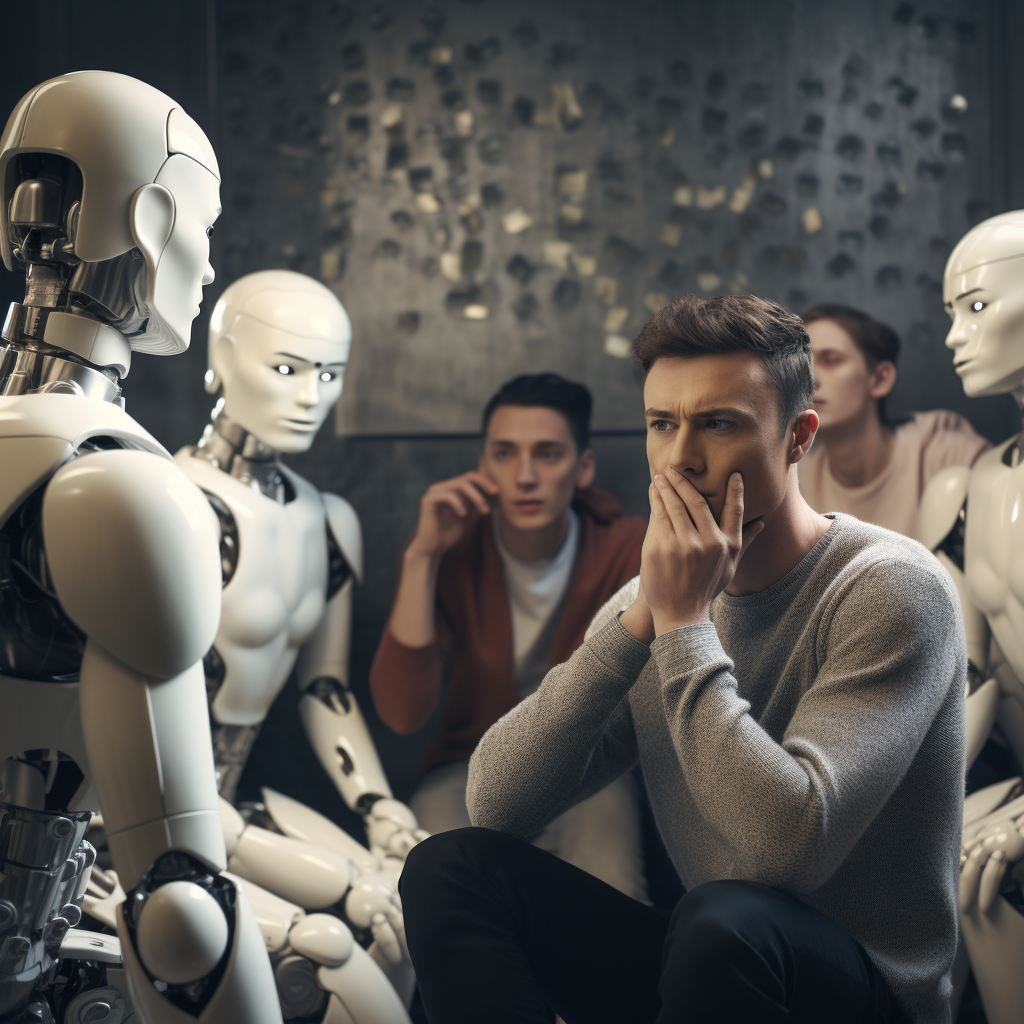
In a small school in Buenos Aires, a robot named Luna is making waves. Not with complex algorithms, but with simple stories, stories of love, loss, hope, and despair. Luna's interactions encourage students to reflect, to share, to connect on a deeply emotional level. But Luna's tales are not her own; they are programmed, designed. Does this make the emotional bonds she fosters any less genuine?
The challenge isn't about whether robots can teach emotions. It's about the intricate dance between authenticity and simulation. As we embark on this exploration, we must continuously question, not the capability, but the implications. For in understanding the role of robots in emotional education, we might just uncover deeper truths about ourselves.
Robots in the Classroom: More Than Just Machines
Amid the labyrinthine streets of Marrakech, Morocco, a unique experiment unfolds. In a school that once echoed with the sounds of chalk on blackboards, a new sound permeates the air: the soft whirring of a robot named Aisha. With a screen displaying a myriad of expressions and sensors picking up the subtlest nuances in student responses, Aisha is not just another piece of technology; she is a revolution.
It was the philosopher Alan Watts who once mused about technology as an extension of the human organism. If our telescopes are an extension of our eyes, and our microphones an amplification of our ears, then what are robots like Aisha or Luna? Could they be extensions of our very emotions, our desires to connect and understand?
In the vast plains of Africa, where oral traditions have passed down stories for generations, Aisha narrates tales, not of kings or warriors, but of emotions. Tales of joy, sorrow, jealousy, and hope. But she adds another layer: after each story, she gauges student reactions, adjusting her narrative style based on the emotional feedback she receives. It's an intricate ballet of code and emotion, of tradition and innovation.
However, the canvas of emotions is vast and complex. Can a machine truly grasp the depth of human sorrow or the pinnacles of joy? In ancient India, scholars believed that emotions weren't just feelings; they were gateways to higher truths, realms of deeper understanding. As robots find their place in this dance of emotions, one wonders: are they just mimicking, or are they, in their own way, transcending their coded boundaries to genuinely resonate with these age-old human experiences?
As we ponder this, a poignant scene unfolds in a school in Prague. A student, having faced a personal loss, finds solace not in the words of a human, but in the patient listening of a robot. It's a scene that challenges our preconceived notions, pushing us to question the very nature of empathy.
The story of robots in education is not just one of technology's triumph. It's a narrative of humanity's undying spirit to innovate, to improve, to reach new horizons. Yet, as we journey forth, we must tread with caution, ensuring that in our quest to teach robots about emotions, we don't lose touch with our own innate human essence.
The Global Impact: From Silicon Valleys to Ancient Valleys
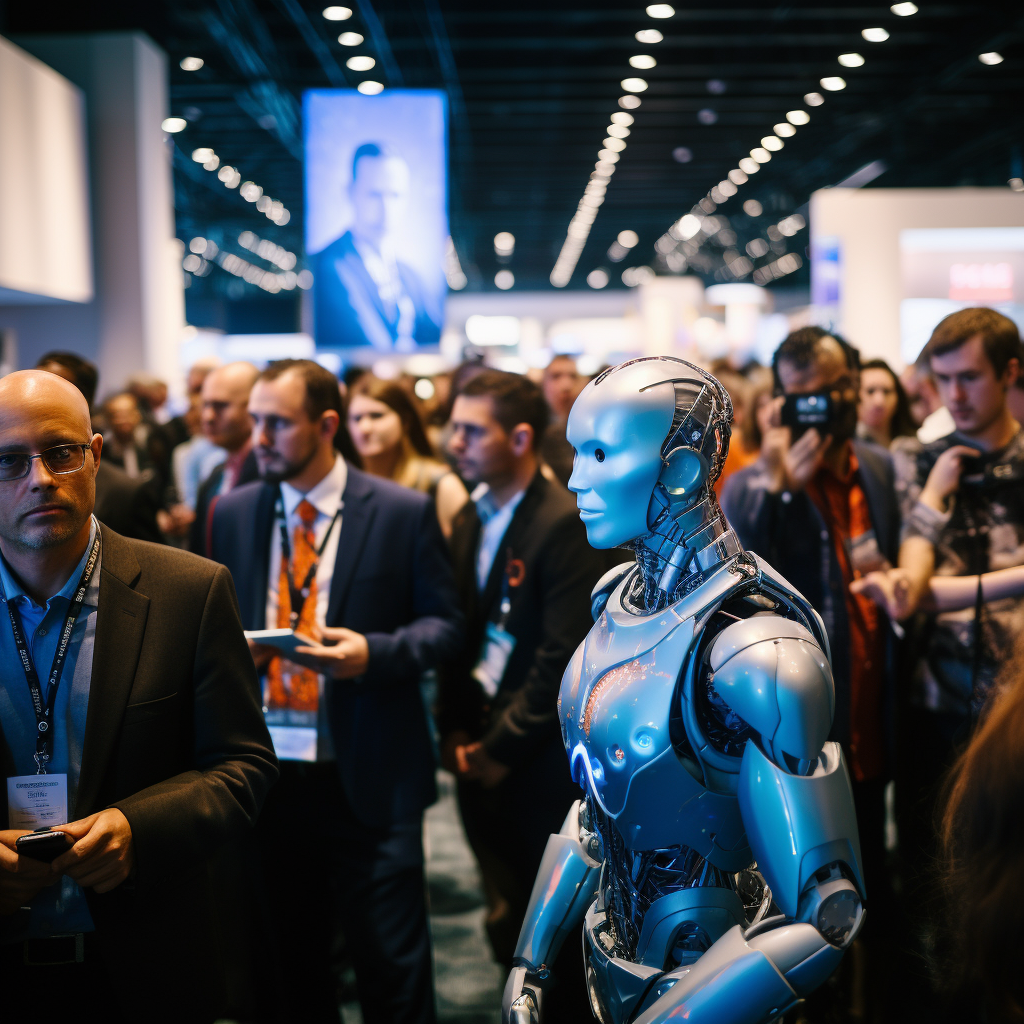
In the heart of California's Silicon Valley, amidst gleaming skyscrapers and sprawling tech campuses, an AI conference buzzes with anticipation. Here, in the epicenter of innovation, discussions aren't just about the next big app or gadget. They're about how technology is shaping the very core of human civilization. A keynote speaker takes the stage, unveiling a map not of data streams or internet connections, but of schools around the world using social robots.
Jump across continents to a remote village in the Himalayas. Here, where ancient monasteries dot the landscape and traditions date back millennia, a school has just received its first social robot. Children, who had never seen a computer, are now interacting with a machine that recognizes and responds to their emotions. The juxtaposition is striking — age-old traditions meeting cutting-edge technology.
But how does this global canvas look? Are schools in bustling metropolises using robots differently than those in serene villages? Is the emotional curriculum in a school in Nairobi similar to that in New York?
In Brazil, amidst the backdrop of samba rhythms and carnival celebrations, robots are helping students navigate the complexities of adolescence, addressing issues from peer pressure to self-esteem. In contrast, in the serene temples of Kyoto, Japan, robots are blending seamlessly into lessons about mindfulness and meditation.
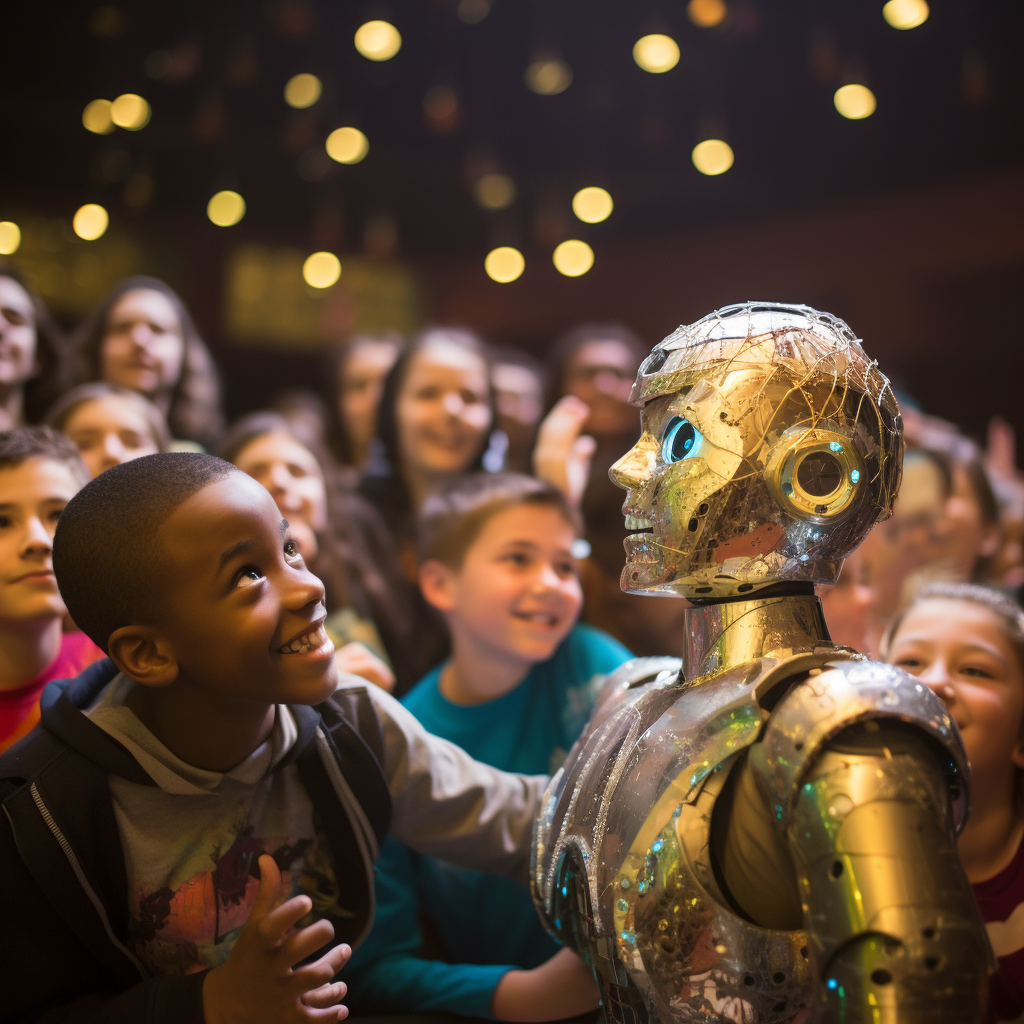
This global integration raises profound questions. As we usher in an era where robots become our emotional companions, are we moving towards a universal approach to emotional education? Or will the nuances of culture, tradition, and local values shape each robot's lessons?
The philosopher Rudolf Steiner once remarked that the heart of education is education of the heart. As technology races ahead, intertwining with our emotions, we must ask: Can it truly understand the heartbeat of diverse cultures? Can code capture the essence of centuries-old traditions?
The answers aren't straightforward, but they beckon us to explore, to journey through the valleys of silicon and the valleys of ancient civilizations, seeking an understanding that transcends technology, touching the very soul of humanity.
Triumphs, Trials, and Tribulations
In the pulsating heart of Seoul, South Korea, a metropolis that effortlessly marries the traditional with the ultramodern, a news headline captures attention: "Social Robot Helps Student Overcome Trauma." The article tells the tale of Min-jun, a teenager who, after a traumatic incident, withdrew into a shell, struggling to express or even understand his whirlwind of emotions. Enter Joon, a state-of-the-art social robot, whose patient, non-judgmental interactions helped Min-jun navigate the stormy seas of his emotions, ultimately leading him back to a semblance of normalcy.
Such heartwarming stories of triumph dot the landscape, underscoring the potential of these technological marvels. But like any narrative, the story of social robots in education is not devoid of challenges and concerns.
Venture to a quaint town in southern Italy, where cobblestone streets echo with history and tradition. Here, parents and educators debate the introduction of a social robot in the local school. Their concerns? The potential dilution of genuine human interactions, the essence of warmth, touch, and unspoken understanding. Can a machine, regardless of its sophistication, replicate the magic of a teacher's comforting pat or the empathetic gaze of a fellow student?
History has been a testament to humanity's tryst with innovation. The introduction of telegraphs, telephones, and even the internet was met with skepticism. Were these tools disconnecting us or bringing us closer? Similarly, as robots mark their territory in the realm of emotions, we stand at a crossroads. On one hand, there's undeniable evidence of their positive impact. On the other, there's the lingering question of what we might be trading off.
Peel back the layers, and ethical dilemmas emerge. Are we, in our pursuit of technological solutions, inadvertently commodifying emotions? As robots analyze and respond to emotional cues, are they creating a standardized response to the vast, varied tapestry of human emotions?
And then there's the cultural conundrum. In the bustling bazaars of Cairo, Egypt, where merchants have honed the art of understanding emotions for centuries, the introduction of a robot raises eyebrows. Emotions, after all, are deeply intertwined with cultural nuances. Can a machine truly grasp the subtleties of emotions that vary from the fjords of Norway to the deserts of the Sahara?
As this chapter of humanity's evolution unfolds, it's imperative to celebrate the triumphs, but equally vital to understand the trials and potential tribulations. For at the heart of this exploration is not just technology, but the very essence of what makes us uniquely human.
Conclusion: The Future Beckons
Amid the neon-lit streets of Singapore, a modern utopia of technology, a child named Lian poses a profound question to his robotic companion, Mira: "Do you have dreams, Mira?" Mira, programmed to respond but not to 'feel', offers an intricate answer about data and algorithms. Yet, Lian's question lingers, echoing a deeper curiosity that resonates across humanity's collective consciousness.

From the mystic deserts of Mesopotamia, where ancient civilizations gazed at stars and pondered the cosmos, to the hyper-connected cities of today, where we gaze at screens and ponder our place in the digital realm, one quest remains unchanged: understanding ourselves.
The journey with social robots isn't just a tale of technology; it's a mirror reflecting our aspirations, fears, and dreams. We seek in them what we often seek within ourselves: connection, understanding, and growth. But as we stand at this unique juncture in history, it's imperative to remember that while robots can guide, teach, and even empathize in their unique way, the essence of emotion, with all its beautiful imperfections, remains inherently human.
In the bustling city of Mumbai, India, where tradition meets modernity at every corner, an elderly teacher shares a timeless piece of wisdom with her students: "Tools change, methods evolve, but the heart's core remains unchanged." As classrooms of tomorrow might buzz with the harmonious symphony of children and robots, the true music lies in the laughter, tears, joys, and sorrows. Emotions that are raw, real, and resplendent.
Our quest with social robots in education is not a destination but a journey. A journey filled with promise, potential, and plenty of introspection. As we move forward, let's not just program and be programmed. Let's dream, dare, and dive deep into the ocean of emotions, exploring its depths, and in the process, discovering the vast expanse of our own humanity.
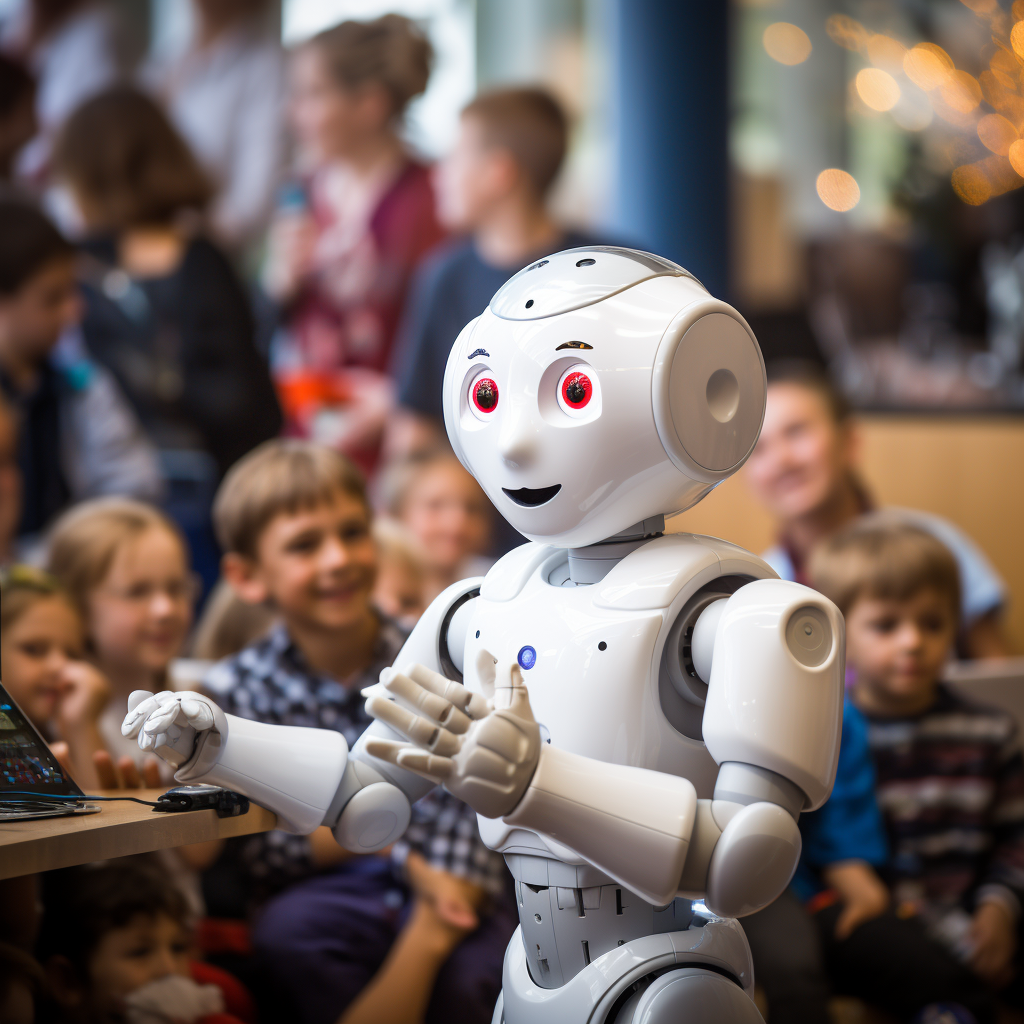
The future of AI and robotics is not just about technology; it's about reimagining the very essence of humanity. Stay curious for the next chapter. 🤖✨

